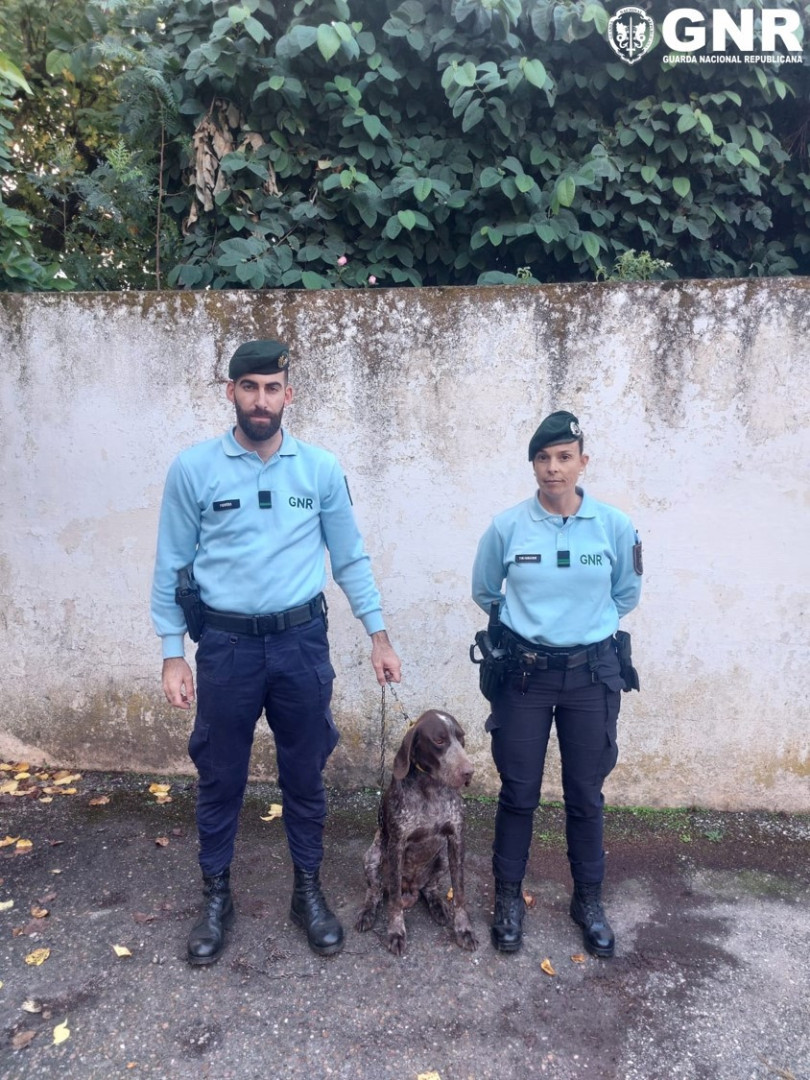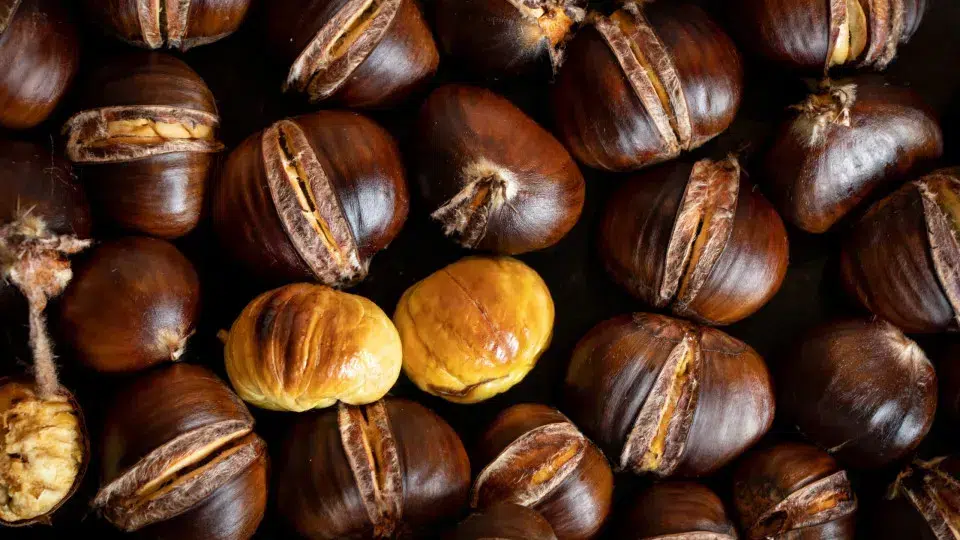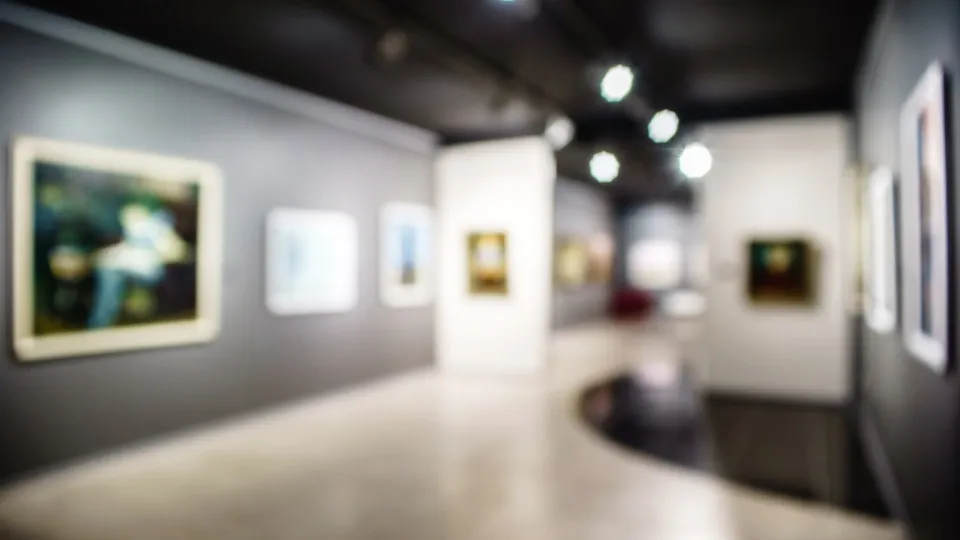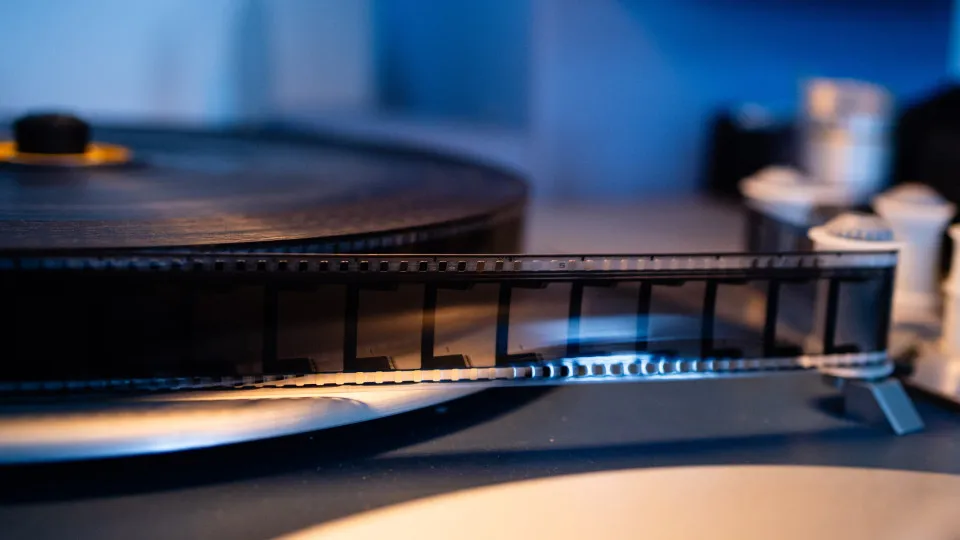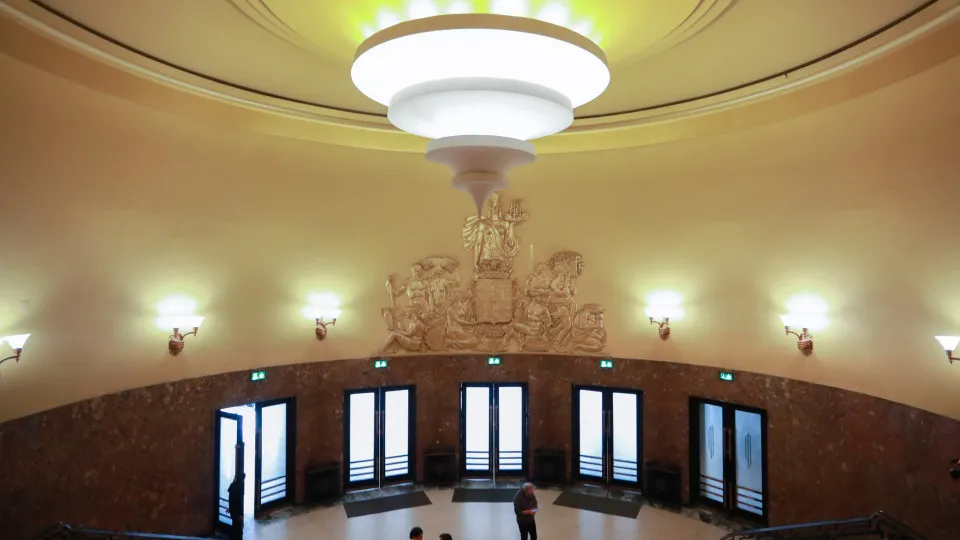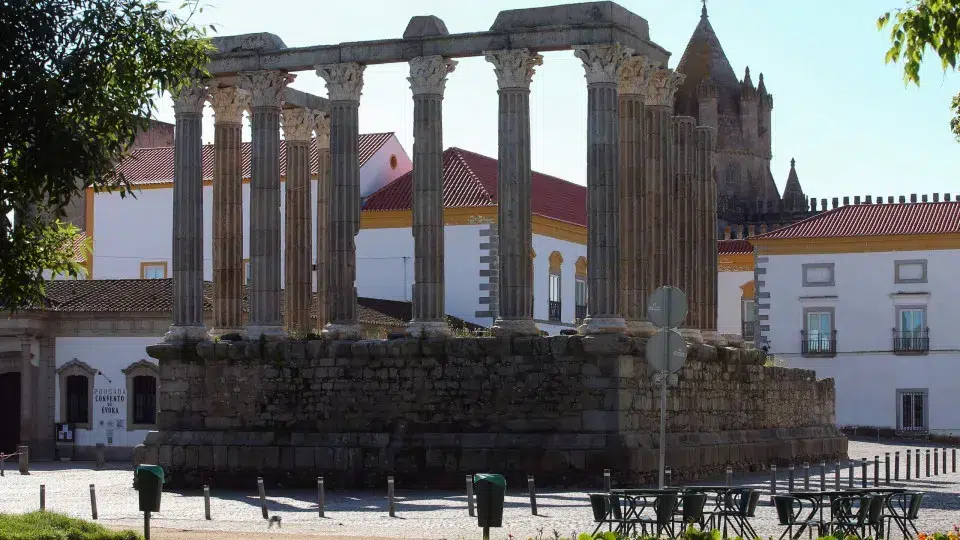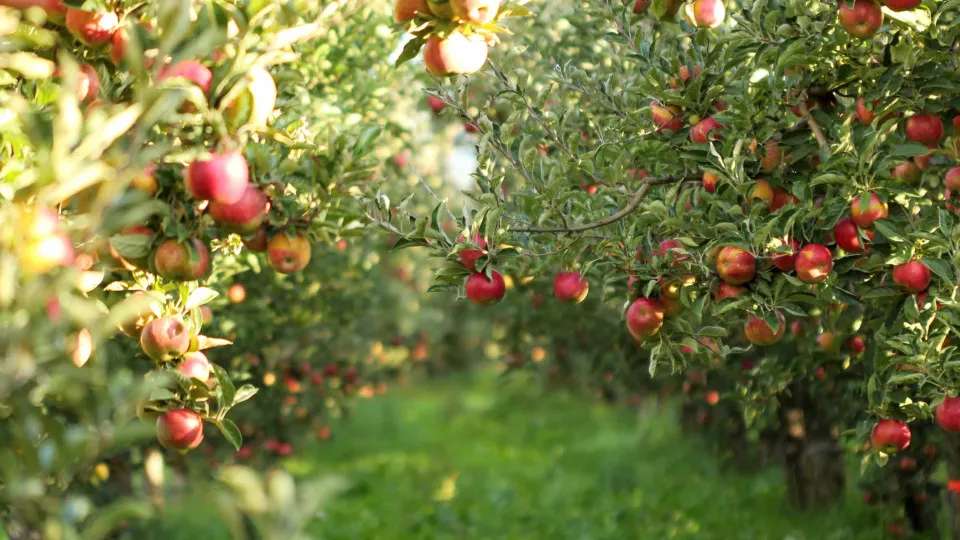The painter Graça Morais is inaugurating the exhibition “Obras Escondidas, Obras Escolhidas” in Bragança today, marking 50 years of artistic life, since her debut in her own name in 1974, at the Alberto Sampaio Museum in Guimarães.
In a meeting with journalists at the Graça Morais Contemporary Art Center in Bragança, which is hosting the exhibition, the painter revealed that 80 paintings will be on display for the first time, in an exhibition that is not exactly commemorative, but symbolic. In all, there are around 160 works on display.
“This is the year of commemorations. Of April 25th, well done. Camões, well done. I don’t have to celebrate 50 years, I have to show quality works that I’ve done over 50 years of artistic life. But it doesn’t have the character of an anthology or retrospective exhibition,” she explained.
The unpublished works had been “stored in drawers and folders for 40 years”, described Graça Morais, and she tried to choose the best from them – hence the name of the exhibition.
As Graça Morais went on to explain, what made the paintings appear on the walls was the activity of the Graça Morais Mountain Arts Laboratory at the Polytechnic Institute of Bragança, promoted by the former Minister of Science Manuel Heitor, who is dedicated to studying the painter’s work.
This led her to open the archive to share it with researcher Joana Baião.
The oldest paintings date from 1975, come from the tumultuous post-revolution period and were made in Guimarães, the city where the artist from Trás-os-Montes was teaching Visual Education. The most recent ones are from last year.
“I tried to make a common thread between the works I did from this region at the end of the 20th century and the 21st,” a century “that continues with very dramatic scenes that we have all unfortunately witnessed,” he said, referring to wars, crises and conflicts, diseases and pandemics that have affected populations over these five decades.
Also on display is the region of Trás-os-Montes, which Graça Morais first got to know through her home village of Vieiro, in the municipality of Vila Flor, with the harshness of life in the past, marked by emigration.
Her painting is, as she herself emphasized, dramatic, because “life is not simple”.
“Of course I could paint flowers and make a decorative painting. Maybe I’d be a millionaire and I’m not. But that’s not my role in the world,” said the 76-year-old artist
Often inspired by newspaper photographs, which she said she still prefers on paper, she stressed that her works are not illustrations, but rather reality as seen through her eyes.
“My painting has nothing to do with illustration. But it does have to do with my personal life journey and the great reflection I make about the world. Basically, it’s my testimony,” she shared.
For the artist, the works talk to those who see them, and they also talk to each other.
“These are works that will speak to people, I’m sure. Not least because we live in a Europe with many political and social problems. And I’m talking about migration, suffering and illness. These works say a lot about the people I meet too.”
In the exhibition, there are representations of ‘pietàs’, the mother with her dead child in her arms, inspired by real scenes, which remain constant, with wars always raging.
“The war in Ukraine is a major concern for Europe. But what we’re seeing in Palestine is a massacre of innocent people, especially children. And we can’t get the masters of peace to beat the masters of war,” she said.
With this exhibition, Graça Morais wants to say that she is still “alive and alert” and shared her desire to reach at least 100 years of age.
“I think that when people want to do a lot of things, it helps them to live. And when they live with intensity and without falsehood. An artist can’t be false, they can’t deceive themselves. What you do has to be very authentic,” said Graça Morais.
“Obras Escondidas, Obras Escolhidas”, the exhibition, opens this afternoon at the Graça Morais Contemporary Art Center, in Bragança, and can be seen until January 26, 2025.
Graça Morais’ first solo exhibition dates back to January 1974, at the Alberto Sampaio Museum in Guimarães. In 2008, the Graça Morais Contemporary Art Center opened in Bragança.

